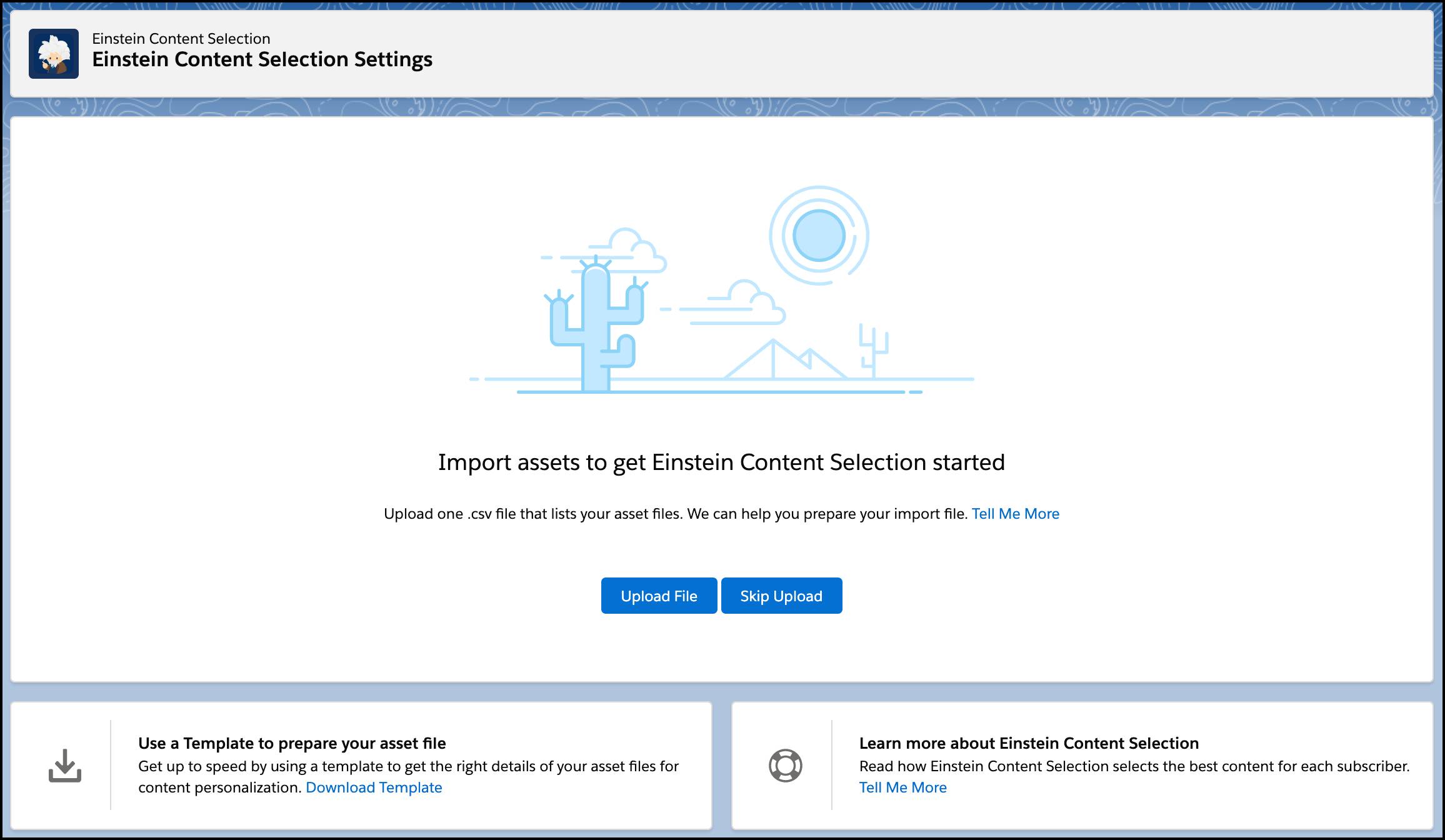
- #Asset catalog creator support how to#
- #Asset catalog creator support upgrade#
- #Asset catalog creator support series#
This can increase the discoverability of datasets and data services. This document defines the schema and provides examples for its use.ĭCAT enables a publisher to describe datasets and data services in a catalog using a standard model and vocabulary that facilitates the consumption and aggregation of metadata from multiple catalogs.

#Asset catalog creator support series#
In particular, current DCAT 2 deployments that do not overlap with the DCAT 3 new features (e.g., versioning, dataset series and inverse properties) don't need to change anything to remain in conformance with DCAT 3.ĭCAT is an RDF vocabulary designed to facilitate interoperability between data catalogs published on the Web.
#Asset catalog creator support upgrade#
DCAT 3 relaxes constraints and adds new classes and properties, but these changes do not break the definition of previous terms.Īny new implementation is expected to adopt DCAT 3, while the existing implementations do not need to upgrade to it, unless they want to use the new features. DCAT 3 maintains the DCAT namespace as its terms preserve backward compatibility with DCAT 2. This document is also available in these non-normative formats:ĭCAT 3 supersedes DCAT 2, but it does not make it obsolete. Open with subject line … message topic … ( archives) Errata: Errata exists. John Erickson ( Tetherless World Constellation (RPI)) W3C Working Draft 07 March 2023 More details about this document This version: Latest published version: Latest editor's draft: History: Commit history Latest Recommendation: Editors: Riccardo Albertoni ( CNR - Consiglio Nazionale delle Ricerche, Italy)ĭavid Browning ( Invited Expert) (Previously at )Īlejandra Gonzalez Beltran ( Scientific Computing Department, Science and Technology Facilities Council, UK) (Previously at the University of Oxford) Matching videos are automatically claimed on behalf of the asset, and your specified match policy is applied to the claimed videos before they are published on YouTube.Data Catalog Vocabulary (DCAT) - Version 3 Depending on the type of content and your chosen delivery method, YouTube also creates a viewable YouTube video, a reference for Content ID matching, or both.Ĭontent ID scans user uploads and identifies matches.Ĭontent ID continuously compares new uploads to the references for your assets.

You add your copyrighted content to the YouTube content management system by delivering reference files (audio, visual, or audiovisual) and metadata that describes the content and which territories you own it in.įor each item you deliver, YouTube creates an asset in the content management system. Depending on your needs, you may associate an AdSense account with the content owner or grant additional users access to the Content Manager tools. You need to configure your content owner account. When you've been approved for Content ID, your YouTube partner manager creates your content owner, which represents you in the YouTube content management system, and grants you access to the Content Manager tools in Creator Studio. The major steps for using Content ID are:
When a match is found, YouTube applies your preferred policy: to monetize, track, or block the video in question. YouTube uses the reference to scan uploaded videos for matching content. We monitor Content ID use and disputes on an ongoing basis to ensure these guidelines are followed.Īs the copyright owner, you provide YouTube with a reference copy of your eligible content.
#Asset catalog creator support how to#
YouTube also sets explicit guidelines on how to use Content ID. To be approved, you must own exclusive rights to a substantial body of original material that is frequently uploaded by the YouTube user community.

YouTube only grants Content ID to copyright owners who meet specific criteria.


 0 kommentar(er)
0 kommentar(er)
